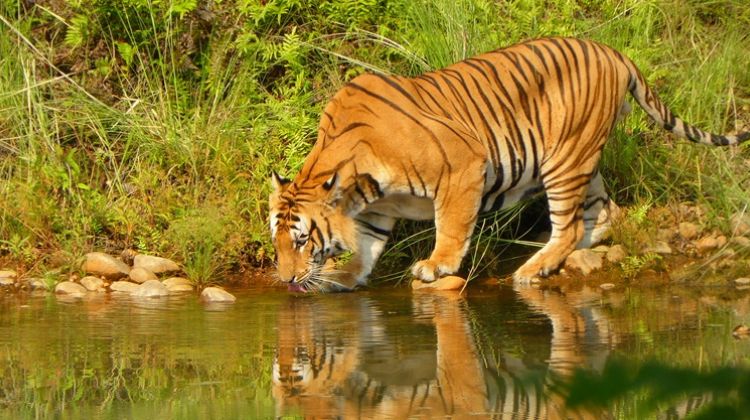Bardia National Park is one of Nepal’s best-kept secrets. Located in the Terai region it is Nepal’s largest national park and wilderness area, protecting 968 km² of sal forest, grassland, savannah, and riverine forest. On the west side, it’s bordered by the Karnali River and it’s bisected by the Babai River in the Bardiya District. The foot of the Siwalik Hills marks the northern boundary of the park.
The northern limits of the protected area are demarcated by the crest of the Siwalik Hills. The Nepalgunj-Surkhet highway partly forms the southern boundary, but seriously disrupts the protected area. Natural boundaries to human settlements are formed in the west by the Geruwa, a branch of the Karnali River, and in the southeast by the Babai River.



